Common faults and solutions of laser cutting machines
Cutting effect is not good or can't cut through?
The power setting is too small, the potentiometer is turned down, the light is biased, the lens is dirty, the focusing lens is installed upside down, the focal length, the laser power supply, the laser tube power attenuation, the water temperature is too high, the voltage is unstable, etc., according to the actual situation, from simple to deep.
Cannot connect to the device?
Have you installed the board driver, are the USB cable or network cable properly plugged in? (USB cable or network cable is broken, adapter board is broken, board, etc.
Start the machine and return to the origin and move in the opposite direction?
Origin switch is broken
Cutting graphics are deformed and overlapping?
Synchronous wheel screw is loose, motor line is broken, motor is broken, driver, voltage, etc.
The device cannot be started and the indoor circuit breaker trips when it is turned on?
Is the emergency stop popped up, is the external circuit connected, is the internal circuit breaker of the device closed, and is there a snapping sound when the machine is turned on? If so, please check the main contactor and control transformer, etc.; water protection leakage causes water inflow and short circuit of laser power supply (such as JGHY1257C water protection is installed on the side, and the laser power supply is just below it) 107 water pump short circuit, indoor circuit breaker is too small, etc.
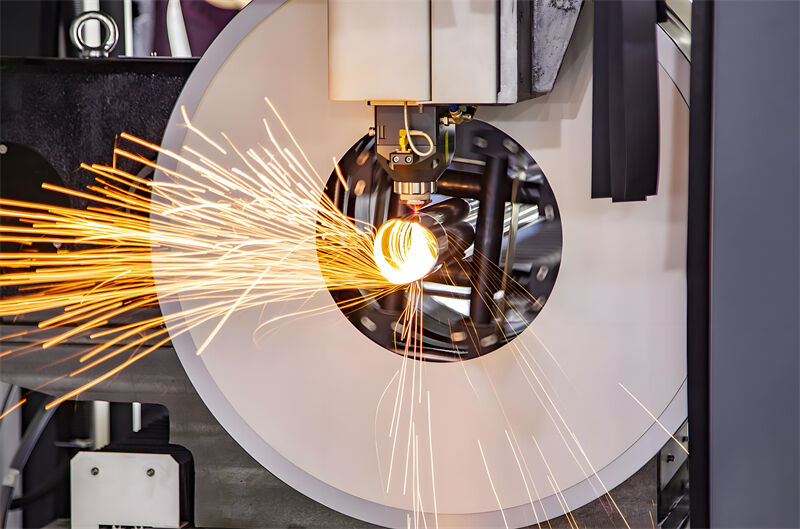
High-voltage line sparks?
This problem is really a headache. It is recommended to put a high-voltage insulating sleeve on the outside of the high-voltage line
Is the size of the graphic too large or too small?
Is the output graphic size the same, the Z-axis height position changes, the calibration file, etc.
The color of the center and the surrounding of the printed image is different?
Adjust the focus factor, adjust the W-axis focus, etc.
Marking graphic position offset?
The X-axis or Y-axis position of the galvanometer lens is offset. Find the center point and adjust the XY-axis position according to the actual offset direction.
The XY-axis of the galvanometer lens swings randomly when it starts and the dynamic motor swings randomly with abnormal noise?
Replace the ±12±15 switching power supply; replace the ±12±28 switching power supply
No light?
Is the return water of the laser tube and other chillers normal, does the W-axis position change, is the DC48V32A laser power supply normal,
No display on the display panel when it starts?
Is the 5V12V24V switching power supply normal, display panel, etc.
The display panel fails when it does not return to the origin when it starts?
Replace the offline card
The Z-axis does not feed or move weakly?
Z-axis feeding motor problem, driver problem, bearing, foreign matter xx, etc.

The glass tube does not emit light?
The light emission control of the glass tube mainly includes the laser tube, laser power supply, water circulation system and light emission signal. The light emission signal includes the PWM light emission signal given by the board, water protection signal, door switch signal, etc. Therefore, the laser tube does not emit light mainly from the laser tube, laser power supply water circulation system and light emission signal. Generally, first observe whether the laser power supply is normally powered on, whether there is any abnormality in the inner and outer tubes of the laser tube, and whether the water circulation system is normal. If not, make corresponding replacement or adjustment. If the above aspects are normal, the light emission signal problem should be considered. Generally, the laser tube and laser power supply are tested by short-circuiting the signal (short-circuiting the laser power supply current 5v and AIN short-circuiting the water protection P and GND, and using the lockless switch to control L and GND). If this method can emit light normally, it means that the laser tube and laser power supply are not faulty. It is a signal problem of the water protection switch, relay, door switch, board PWM signal, etc., which can be eliminated in turn. If this method does not emit light, it is a problem with the laser tube or laser power supply. In the case of difficulty in judgment, it can be solved by replacement.
RF laser tube does not emit light?
When the water channel is unobstructed and the laser power supply is started normally, first measure whether the laser power supply DC 48V is normal; the conduction of the 4th and 13th pins of the 25-pin plug of the laser tube. If it can be conducted, it means that the water protection signal is normal. If it cannot be conducted, check the water protection; measure the voltage of the 7th and 20th pins. If it is not adjusted or the DC voltage is around 4 to 5V at the beginning, it is a normal signal (low level conduction) when it is adjusted or started. If the water, power supply and these two signals are normal, it can generally be judged that the laser tube is faulty. If the signal is abnormal, it means that there is a problem with the board or the circuit.
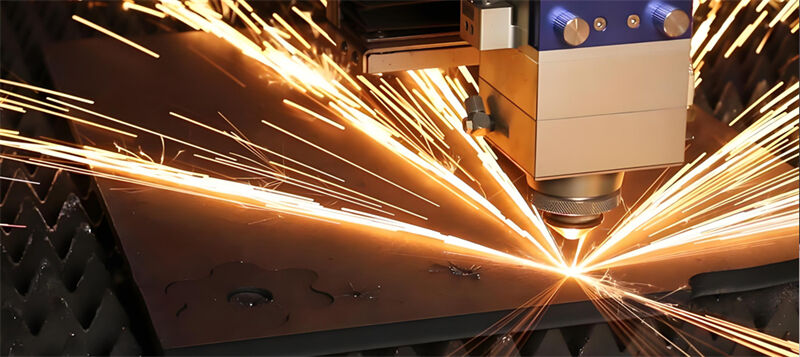
After the RF laser tube is replaced, it shows that the laser tube connection is wrong.
The connector (internal wire is not desoldered or short-circuited), power line (the negative pole of the right side of xx is connected to the ground wire) and water circuit are connected normally. If the connection is still not normal after restarting the chiller and equipment, it is generally due to the problem of the connection circuit board of the 25-pin connector. It is broken or incompatible. For example, the circuit board of xx tube and non-xx tube is incompatible.
Cutting machine cutting misalignment?
1.) (cutting heavy or co-linear graphics after cutting, the distance is too large) "Feeding cutting misalignment. One is the step distance of the feeding axis. The second is the actual measurement of xx*original step distance/real xx (set feeding XX). The second is to check whether the synchronous belt locking wheel of the feeding axis and the synchronous belt locking wheel of the motor are loose. The third is that the rolling net is loose and there is relative sliding between the feeding axis. Check whether there is xx phenomenon.
2.) No feeding cutting misalignment. One is the looseness of the trolley motor or the optical axis synchronous wheel. The second is the step loss phenomenon. The step loss may be that the processing speed, idle speed or acceleration are set too high. It may be that the trolley motor line is in poor contact. It may be that the driver current is too small. It may be that the driver is broken or the motor is broken. Generally, the phenomenon of losing steps due to motor failure is rare.
The feeder feeds too long?
The feeder feeds too long usually because the photoelectric switch is broken or the light sensitivity of the photoelectric switch is incorrect. The light sensitivity of the photoelectric switch of the feeder is adjustable. When the upper and lower switches are connected and closed, the feeder starts to work when the light is greater than xx, even if there is a cut material blocking it, it will be sensed as light passing, so it will feed too long. At this time, adjust the xx degree adjustment knob at the photoelectric switch connection until the indicator light of the photoelectric switch is on when there is a material blocking it.
The galvanometer light spot is too coarse?
The light intensity is not enough. When the basic optical path and the beam expander optical path are well adjusted and the dynamic focal length is well adjusted, the light spot is still coarse. It is necessary to adjust the distance between the two lenses of the beam expander. For the three-fold beam expander commonly used by our company, it is generally adjusted to the beam expander light spot diameter of 13--14mm for better results. It can also be adjusted appropriately according to the customer's processing requirements.
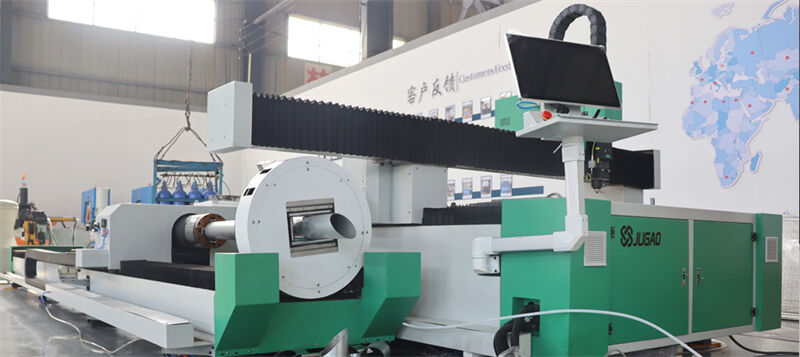
Dynamic self-excitation of the galvanometer?
Dynamic howling For xx dynamic, adjust R103 R28 to adjust self-excitation and howling If the adjustment is invalid, measure whether the motor shaft is short-circuited with the housing. When measuring, disconnect the power cord of the motor, otherwise it is long-conducted. If the power cord of the motor is disconnected and the measurement is still conductive, use insulating film to isolate the motor and the housing well before adjusting R103R28. After the adjustment is done, replace it if it is invalid.
Marking machine and cutting machine marking or cutting size is incorrect?
For dynamic marking machine, the size is incorrect when the galvanometer lens is not moving up and down. Generally, the calibration parameter data is changed or an error occurs. Re-do the galvanometer parameter xx to solve the problem. For cutting machine, the cutting size is incorrect. Generally, it is caused by the wrong step distance and the number of pulses of the driver. Generally, it can be solved by determining the number of pulses and calculating the step distance.
The direction of the cutting machine back to the origin is reversed when it is turned on?
This kind of fault is generally caused by the origin switch being broken. There are two types of origin switches: proximity switch and mutual switch (magnetic control switch). The reverse direction of returning to the origin is usually caused by a short circuit in the switch coil. Replacement can solve the problem.
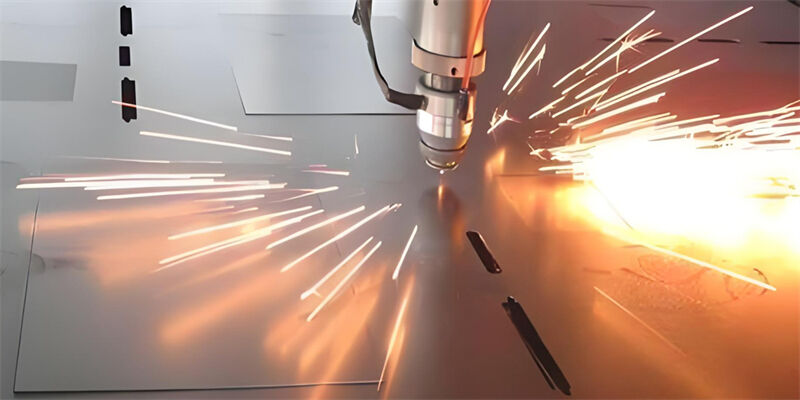
Is the cutting machine motor, motor driver, motor line and driver power supply DC switch power supply fault?
The specific manifestations of this type of fault on the equipment are generally (1) the laser head does not move (2) the laser head moves abnormally during operation, there is stagnation, jitter, etc. Generally, when this type of situation occurs, first observe and measure whether the 48v or 42v DC switch power supply is working properly. Insufficient or unstable power supply voltage will cause this phenomenon; if the switch power supply works normally, consider whether it is a fault in the driver motor or motor line. To judge the motor, first observe whether the motor itself rotates smoothly when it is not powered on and the motor line is disconnected from the driver. If the motor itself rotates abnormally, it can be directly judged as a motor failure and replaced: If the motor itself operates normally, measure the motor coil. For a six-wire motor, AC A+ and A- are a group of coils, ac and a+ are respectively turned on, beb+ b- is a group of coils, the conduction is the same as above. If the conduction is abnormal, it can be directly judged as a motor failure. For xx and YAK0 stepper drivers, when the DC power supply is normal and the motor line is disconnected, if the indicator light of the driver is not on, it can be directly judged as a driver failure. If it cannot be directly judged, it can be tested by replacement method: In this type of fault, the motor line fault is a small probability fault. When the motor and driver are excluded, the motor line should be considered to detect whether there is a short circuit and an open circuit. Use a multimeter to make detailed on-off measurements to check.
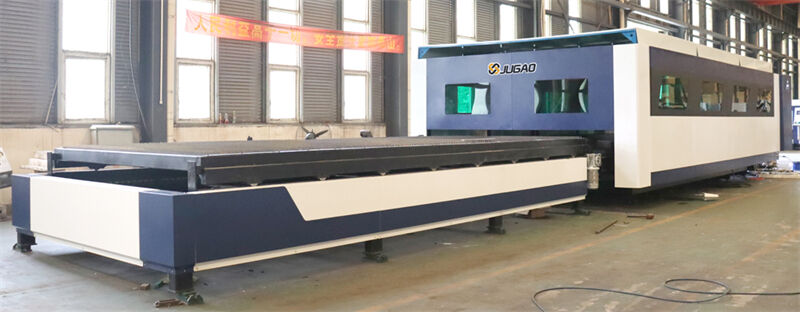
Laser tube does not emit light?
1) The water level switch is broken.
2) High-voltage wire is broken
3) Laser tube is broken or burnt
4) Optical power supply is broken
5) No water circulation (including water pipe blockage and water pump not working)
6) Water protection line is broken or poor contact
7) No 220V is input to the laser power supply
8) No signal is input to the laser power supply (signal line is broken and poor contact, relay controlling light output is broken, board card is broken and wire welding is not good)
9) Online two-axis card is broken
Laser tube light output is very weak?
1) Laser tube is burned out or laser tube lens is burned out
2) Laser tube light decay
3) A component of laser power supply is burned out
4) The power setting of laser is too low
5) The power regulator is not adjusted to the maximum
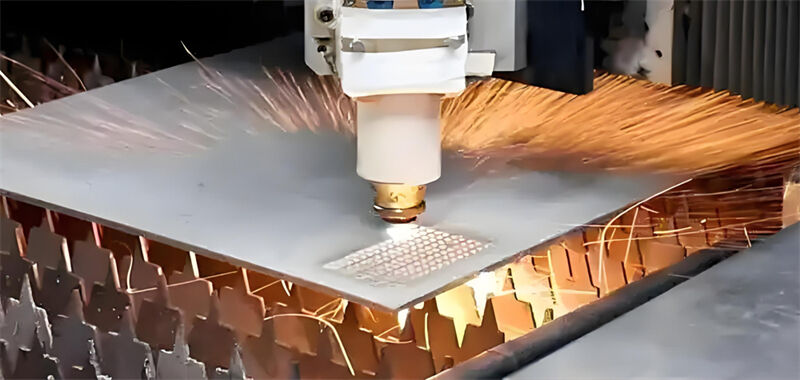
Can't cut?
1) Laser tube light is weak and low power
2) Laser lens is dirty or damaged
3) Laser lens is not installed well and is loose
4) Incorrect focal length
5) Light deflection
6) The power setting of laser tube is too low
7) The platen is uneven
Cannot start the machine?
1) The machine is not powered on
2) The air switch is tripped
3) The emergency stop switch is pressed
4) The start button is broken
5) The 24V transformer is broken
6) The contactor is broken
7) The wire is broken
8) The wire contact is poor
9) The 24V switching power supply is broken
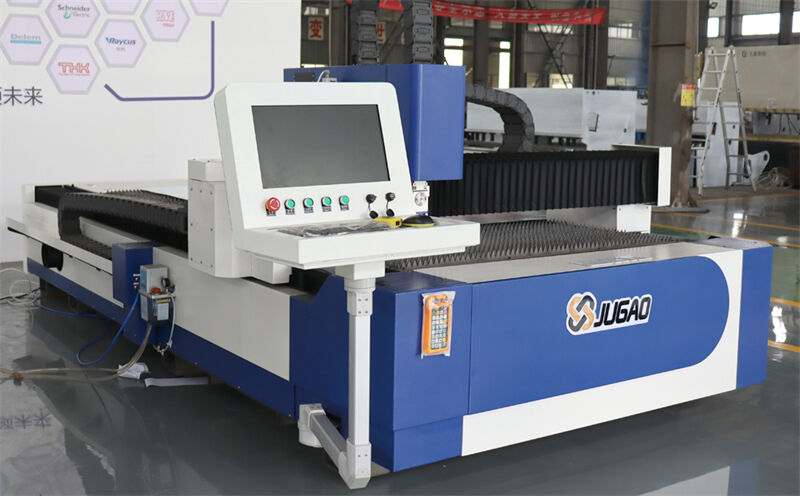
The machine X and Y axes cannot move?
1) The 42V switching power supply is broken
2) The board is broken
3) There is a problem with the signal line
The machine X or Y axis does not move or has no power?
1) The driver is not powered on
2) The driver is broken
3) The driver wire contact is poor or broken
4) The motor plug is broken or has poor contact
5) The motor shaft is broken
6) The drive shaft leather section is loose or broken
7) There is a problem with the driver signal line
8) The slider is blocked or the drive wheel is blocked


















































